Latest Posts

Create Geometry from an Imported Mesh
Did you know that as of COMSOL Multiphysics® version 5.0, imported meshes can easily be converted into solid geometry objects for further investigation and modeling capabilities?

Apps for Teaching Mathematical Modeling of Tubular Reactors
Chemical engineering students can use the Tubular Reactor app to model a nonideal tubular reactor and investigate the impact of different operating conditions. Learn more >>

Working with Imported CAD Designs
The CAD Import Module, Design Module, and LiveLink™ products go beyond the capabilities of COMSOL Multiphysics® with CAD tools for repairing and preparing a geometry for simulation.

A Brief Introduction to the Weak Form
Whether or not you use finite element analysis and vector calculus in your daily life, you’ll appreciate this introduction to the weak form equations.
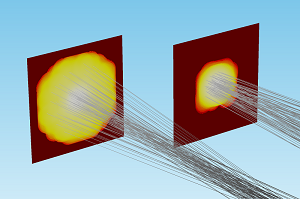
Modeling Thermally Induced Focal Shift in High-Powered Laser Systems
You can use the Ray Optics Module to create a fully self-consistent model of laser propagation that includes thermal and structural effects. Here, we take you through the process step by step.
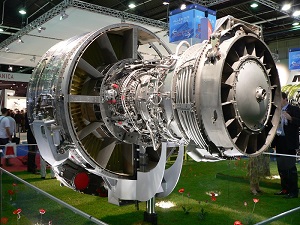
Analyzing Aircraft Engine Noise Through Simulation
By modeling flow duct systems in aircraft engines, it is possible to optimize the shape of certain engine duct parts and the lining properties in order to reduce the sound emission.
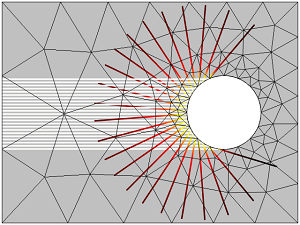
Introducing the Ray Optics Module
COMSOL Multiphysics version 5.0 introduced an add-on module for electromagnetics modeling: the Ray Optics Module. It can be used to perform ray tracing and geometrical optics studies.

Why Haven’t CPU Clock Speeds Increased in the Last Few Years?
Did you ever notice that around the year 2005, the top speed of high-end processors plateaued at 4 GHz? We discuss why this happened and why CPU speeds haven’t increased much since.

Rosetta and Philae: A Historic Landing on a Comet
In 2014, the spacecraft Philae, aboard the Rosetta, landed on a comet for the first time ever. We talk to 2 of the scientists involved in this project about what this means >>
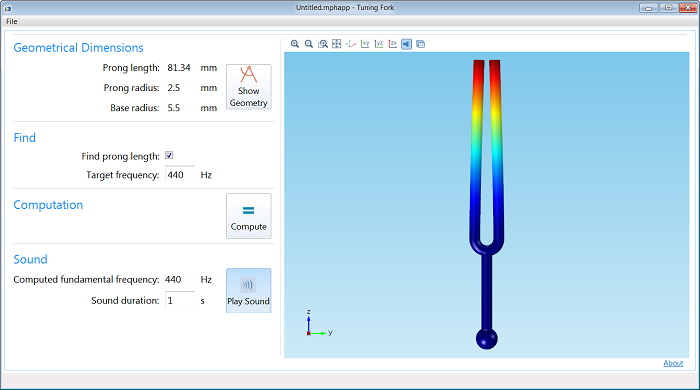
The Tuning Fork Application
Do re mi fa so la ti do! Did you know that the most common standard pitch for a tuning fork is 440 Hz, which forms the note A? See a tuning fork simulation app in action here >>
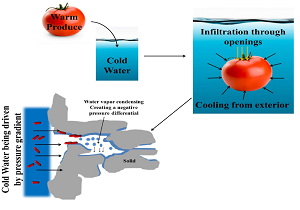
Hydrocooling Analysis for Fresh Produce Safety
During the hydrocooling process for tomatoes, bacteria can seep through and contaminate the food, making it unsafe to ingest. Researchers from Cornell University used simulation to investigate.

Meet the Winners of Intel’s Make it Wearable Challenge
The winner of Intel’s inaugural Make it Wearable contest in 2014 was Nixie — a small drone that you can wear on your wrist and use to take photos and videos. Learn more about it here.
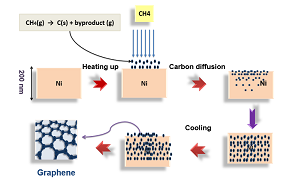
Synthesizing Graphene with Chemical Vapor Deposition
Chemical vapor deposition is an attractive method for producing graphene, an ultrastrong and light polymer material. Researchers from University of Arkansas used simulation to study this process.

COMSOL Multiphysics 5.0 Brings User Interface Improvements
Updates to the COMSOL Multiphysics® UI ribbon with version 5.0 include: change in color scheme, additional multiphysics interfaces, a materials tab, global materials, and more.
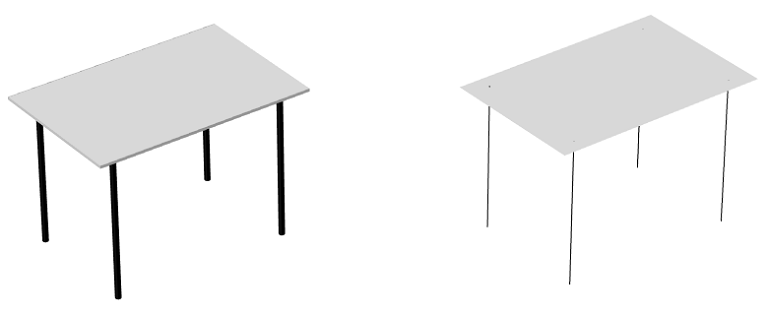
Coupling Structural Mechanics Interfaces
The Structural Mechanics Module consists of specialized interfaces: Solid Mechanics; Shell, Plate, and Membrane for modeling thin structures; and Beam and Truss for modeling slender structures.

Multiscale Reactors: Cleaning the Flows
Packed bed reactors are used in chemical synthesis and for effluent treatment and catalytic combustion, are often required for heterogeneous catalysis, and commonly include catalyst pellets.

COMSOL Multiphysics® Version 5.0 Now Available
COMSOL Multiphysics® version 5.0 includes the revolutionary Application Builder, which lets you transform multiphysics models into user-friendly interfaces with predefined inputs and outputs.

Avoiding Figure Skating Joint Stress with Measuring Device
Figure skating causes a lot of stress on joints. To help with this issue, researchers are looking into the design of “smart” blades for figure skates that can measure exerted force.
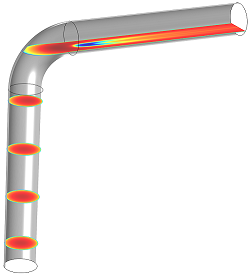
Using Slice Plots to Show Results on Cross-Sectional Surfaces
In this installment of our blog series on postprocessing your simulation results, we demonstrate slice plots, an easy way to visualize physics behavior on many different parts of your model.

Nanodiamonds Shine Brightly in Biomedical Research
A nanodiamond might not be ideal for an engagement ring, but these microscopic particles show a potential role in observing and analyzing cell processes. Learn more >>

Modeling Hydrodealkylation in a Membrane Reactor
Hydrodealkylation is a hydrogen-intensive process. We demonstrate using the thermodynamics modeling features in the COMSOL® software to analyze this process in a membrane reactor.

Photos from the COMSOL Conference 2014 Boston
Did you happen to attend the COMSOL Conference 2014 Boston (our tenth annual event?) If so, take a look at our photo slideshow and see if you can spot yourself!
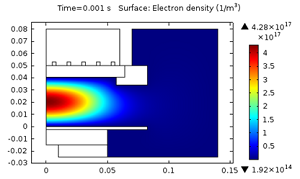
Ion Temperature in Inductively Coupled Plasmas (ICPs)
When modeling plasmas, your choice of ion temperature can affect your model results. We discuss the theoretical reasons behind this phenomenon using an inductively coupled plasma example.

Designing Electric Vehicles with Magnetic Cooling Technology
Researchers from the National Institute of Applied Science designed a magnetocaloric HVAC system for an electric vehicle using multiphysics simulation. Get the full story >>
